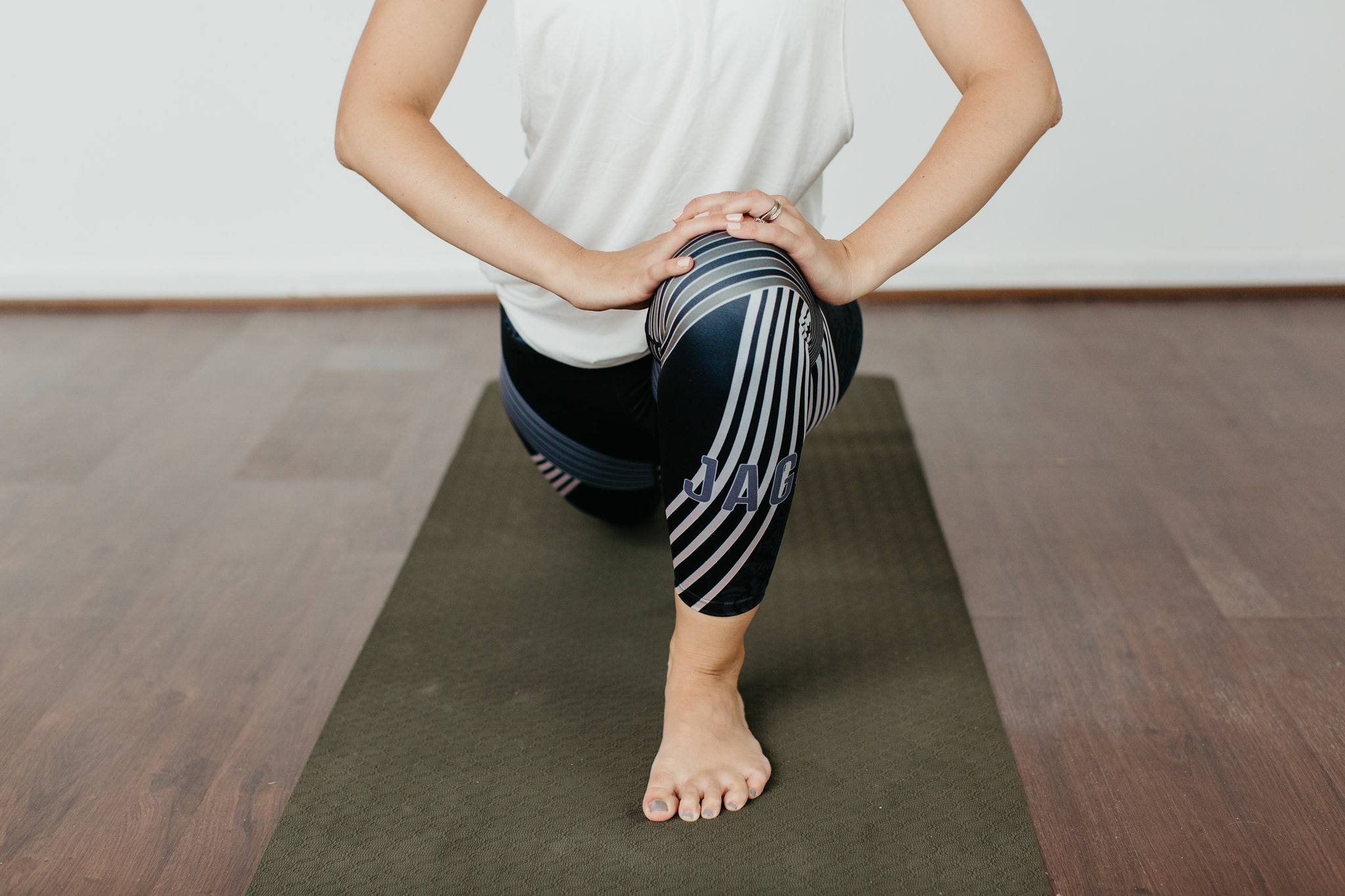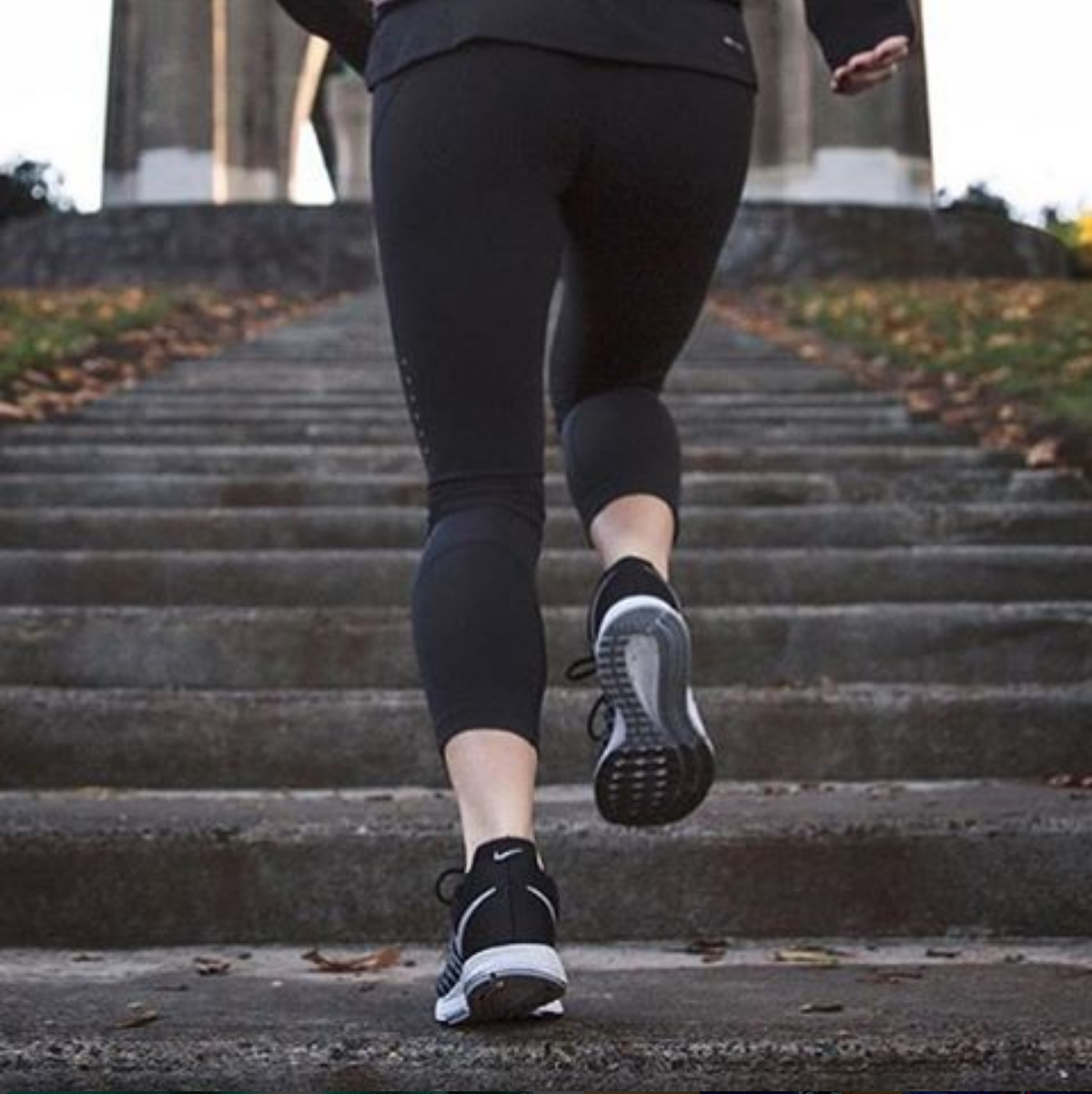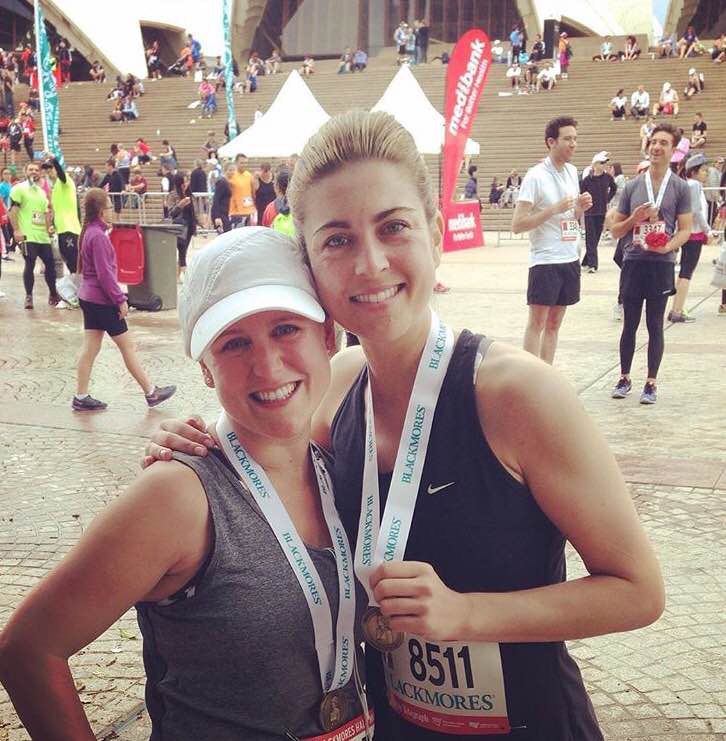4 weeks to go till my first marathon…. what I’ve learnt so far
Why why why would anyone decide to train for a marathon????
Because I have always believed:
“You gain strength, courage, and confidence by every experience in which you really stop to look fear in the face. You must do the thing which you think you cannot do.”
Eleanor Roosevelt
I have run many half marathons and they no longer give me that feeling of dread in the pit of my stomach that the first half marathon did, so I needed to move on to a new challenge.
A full marathon; yes, 42km definitely makes my stomach feel sick with the potential for failure, pain, committing to the hours and hours of training over the months leading up to it… I really don’t think I can do that! Hence I signed up for the NYC Marathon in March this year.
Along the way there have been many hurdles, colds, tiredness, work, weather… plus the many excuses just circling in my head as legit reasons to not get out there and do the run.
Someone recently told me “Robyn, running a marathon is not like running 2 half marathons put together”. I am starting to understand what they meant.
At this point though I am feeling like although I missed many of the trainings and have likely hit the recommended km/wk maybe 2 out of the 13 weeks I’ve been training everything is going pretty well. Finishing 29km a few days ago has definitely lifted my spirits that maybe I am going to make it come November.
My recommendations to anyone training for a long distance run
Get a plan put together by professionals specifically designed to the distance and race you are training for if you are a beginner. A plan gives to guidance and makes you accountable when there is literally months ahead before the actual big day.
- Try to never miss the long run each week, stick to this and you will likely avoid many problems along the way.
- Listen to your body…. If you are sick or injured and running in pain DON’T RUN – I have trialled the alternatives on myself with disastrous results each time
- If you miss runs during the week, it’s not a complete disaster, you will still get fitter. With this said what I have learnt is that the short distance interval, fartlek, hill and tempo runs that all good programs will have, are important and really are the game changer when it comes to how hard that long run feels in your legs and being able speed up your race pace safely.
- Tempo / Interval training build mental toughness. I love nothing better than to cruise along looking at the beautiful harbor and enjoying the sunshine on a long run. It’s the shorter runs where your heart rate spikes, breathing becomes a heaving mess and the burn in your legs gets nasty. If you can get through those runs, I really feel come race day you’ll get through the tough patches in a marathon. Well here’s to hoping that is what will happen. This training has definitely helped to improve my long runs so far.
- Keep playing with nutrition and hydration until you find what works for you. These two are very important in finding your optimal performance and varies for each person. Try different gels, energy drinks, water and play around with when you take them till you find what works for you.
My main goal has always been to make it to the start line not injured and then just enjoy being part of a marathon, I still can’t believe that come November I will be able to say I ran a marathon, seriously I still think I must be crazy.
Keep watching this space to hear how I went!
Xx





